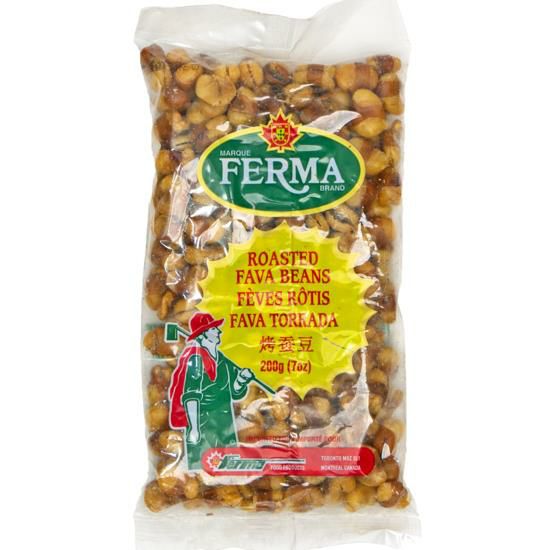What are Wine Diamonds?
What are those little crystals formed on the bottom of the cork in your wine bottom? Read on to learn about tartrate crystals, also called "wine diamonds".

Some aspects of the wine community are strictly about appearance. Labels do not affect the flavor of a wine at all, yet they can often be a big part of the purchase decision. Large, sleek wineries might churn out mediocre wines, while small, back yard plots create the nectar of the gods. It is in this vein that the process of cold stabilization was born - a superficial process whose sole purpose is to make a wine "look" better.
Cold Stabilization
The purpose behind cold stabilization is to remove all tartrate crystals from a wine during its fermentation stage. Tartrate Crystals are also called "wine diamonds". They are a natural product of the wine, and form when the wine gets too cold. It is in essence cream of tartar, forming because of the temperature change. Think of sugar turning into rock candy and you'll have a good mental image.
Tartaric Acid and Potassium
Tartaric acid is a normal grape acid. Potassium also exists in grapes, and when these two things bind together under chilly conditions, they form little potassium bitartrate crystals, which then settle to the bottom of the bottle. They're completely harmless, and quite natural. The problem, of course, is with appearances. While in Europe these crystals are accepted as a sign that the wine is a natural one, and even appreciated, Americans are used to wine being clear, pure, filtered, processed and de-sedimented. Consumers often panic when they see little crystals in their Chardonnay, thinking they are impurities or even bits of broken glass. They often refuse to drink the wine and return it to the winemaker (who promptly serves it to his own family). Cold Stabilization is a way to prevent these returns from happening.
How is Cold Stabilization Done?
Since the tartaric acid and potassium are natural components of grapes, they cannot really be removed. To make sure crystals don't form in the consumer's home, therefore, the winemaker forces all crystals to form at the winery. Usually the main stainless steel fermentation vessel for the wine has a cooling system on it. After the fermentation is complete, that vessel is plunged to near-freezing for 3 to 4 days to force the crystals to form. The crystals stick to the sides of the vessel, and when the wine is then removed, the crystals remain behind. Some winemakers argue that a portion of the flavor and uniqueness of the wine remains behind as well. Cold Stabilization is normally only done to white and blush wines. This isn't because red wines do not form crystals - any wine will form crystals, since every wine is made from grapes containing the ingredients for crystals. However, since crystals only form when a wine gets very cold, red wines rarely show crystals, since red wines are served at a relatively warm temperature. They should never reach that cooler, crystal-forming temperature.
How Do I Serve a Wine with Crystals?
Crystals are just like any other natural sediment. Stand the wine bottle upright for a few hours, to allow the sediment to settle into the bottom of the glass. Then decant the glass into another container, being careful not to let the sediment go into the decanter. The crystals are not harmful in any way.



Leave a comment